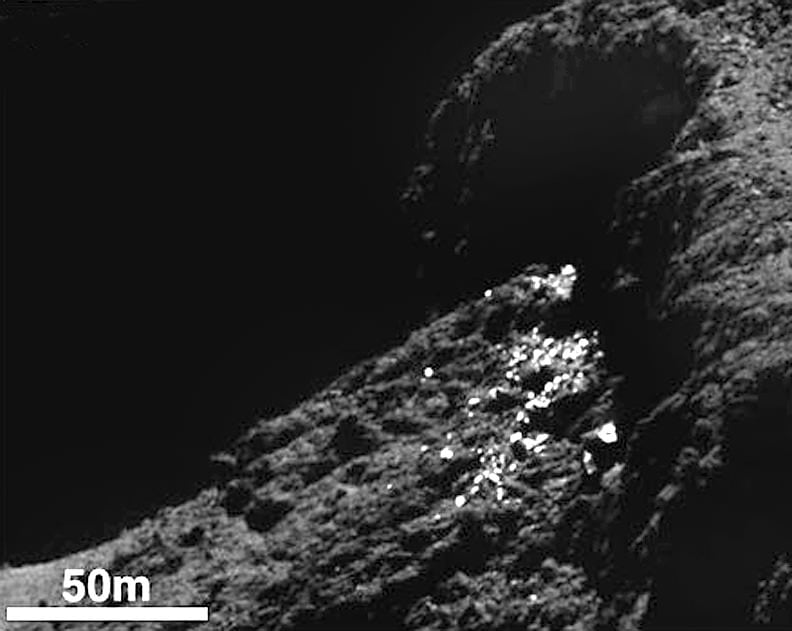
Once known as the 9th planet of the Solar System, Pluto is now classified as a "dwarf planet", a Trans-Neptunian Object and a Kuiper Belt Object.
Continue reading

Charon is the largest moon of the dwarf planet Pluto. In fact, it's so large the two objects act like binary planets orbiting one another.
Continue reading

With astronomers discovering new planets and other celestial objects all the time, you may be wondering what the newest planet to be discovered is.
Continue reading


















































